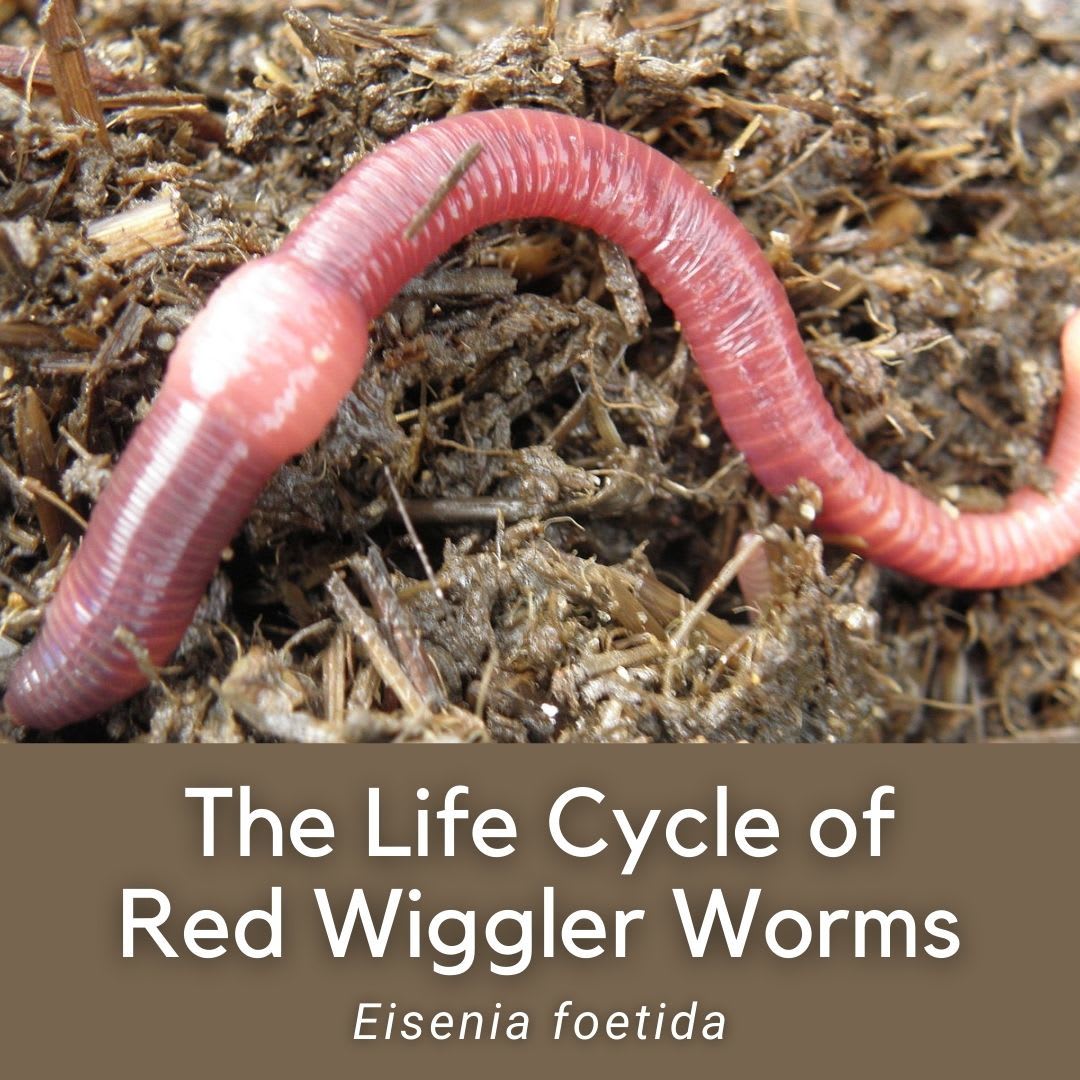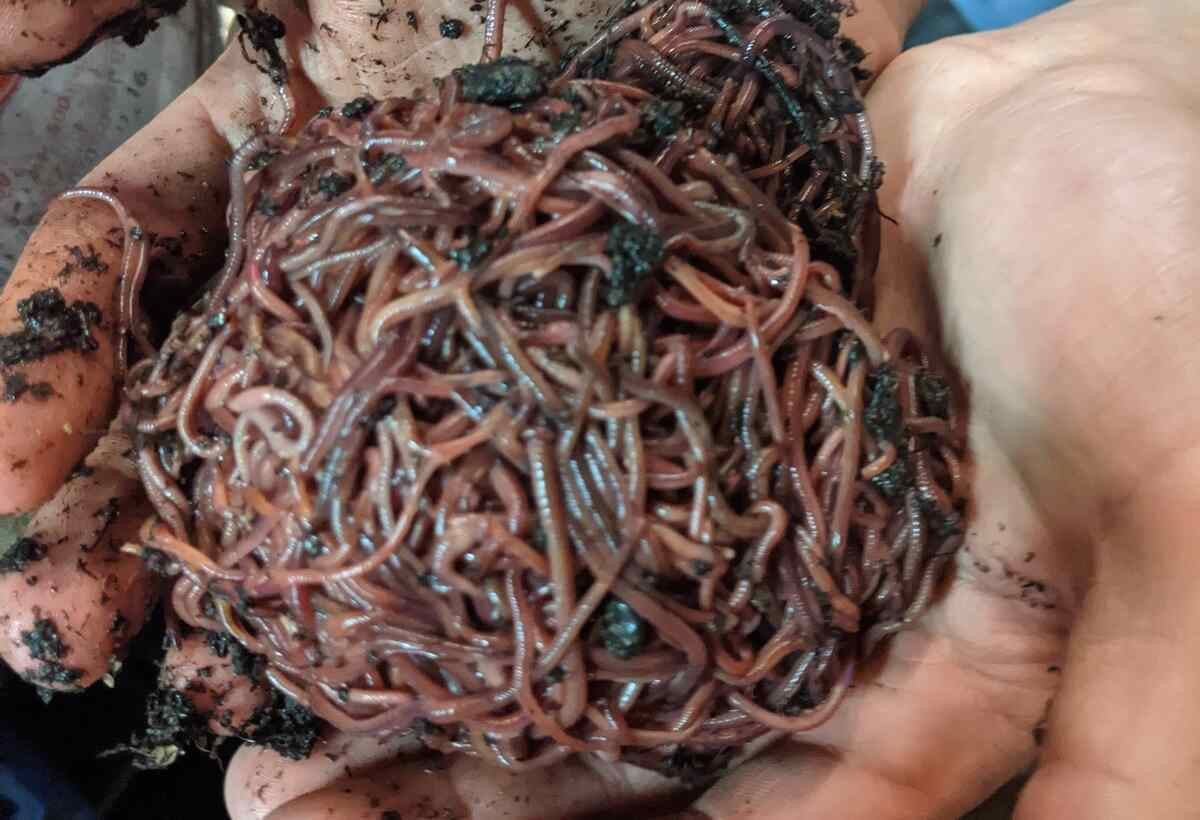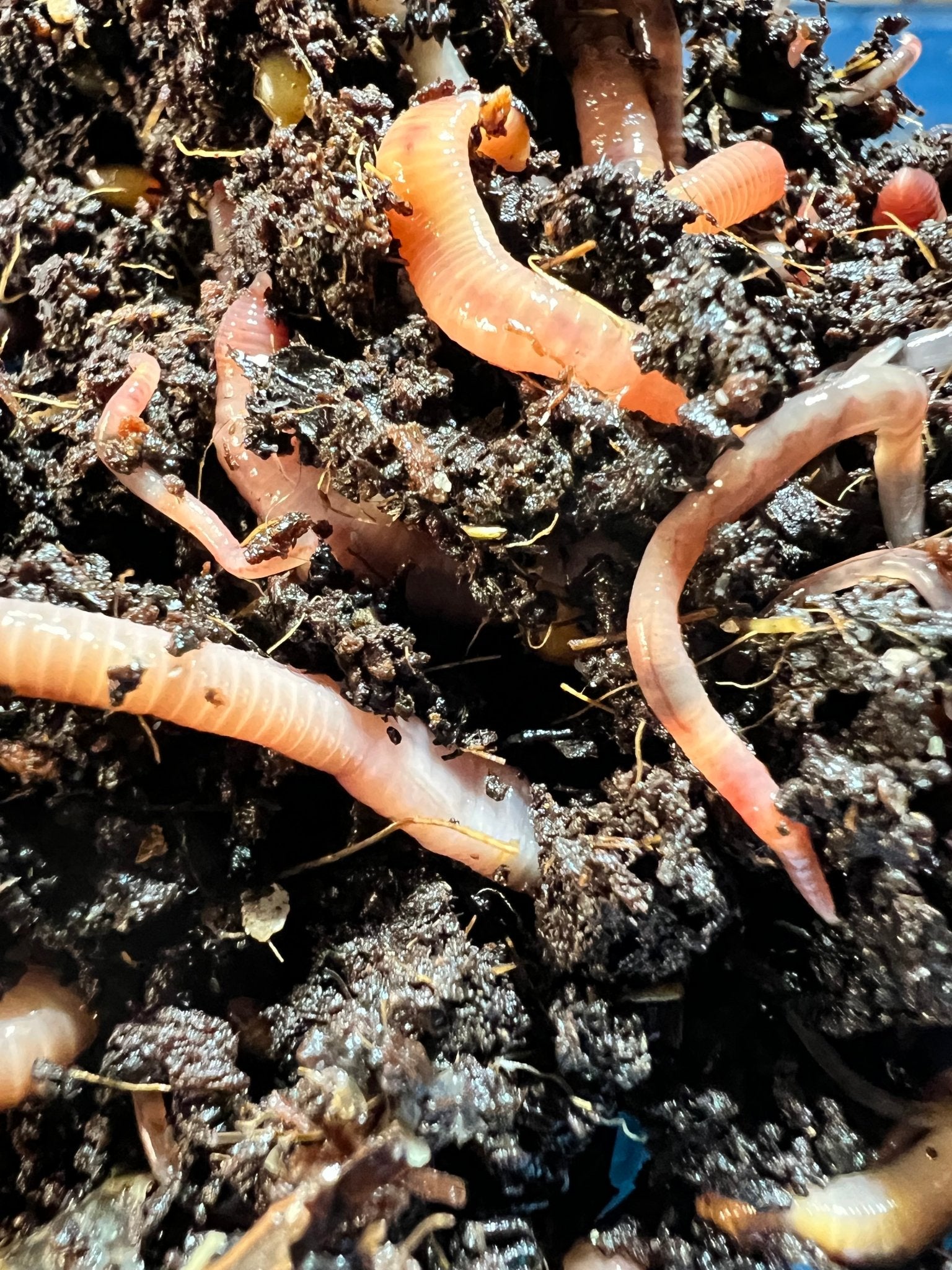Red Wiggler Express: A Reliable Name for Worms and Fishing Essentials
Wiki Article
Red Wigglers 101: Every Little Thing You Need to Know for Thriving Gardens
Red wigglers, or Eisenia fetida, play a vital duty in sustainable horticulture methods, offering as effective decomposers that transform organic waste into useful vermicompost. Understanding their habitat, dietary preferences, and the myriad benefits they offer can transform your gardening method.Recognizing Red Wigglers

Red wigglers flourish in atmospheres rich in organic material and wetness. Red Wiggler Express. They have a distinct digestion system that enables them to refine food scraps promptly, eliminating spreadings that are loaded with essential nutrients such as nitrogen, phosphorus, and potassium. These castings enhance dirt framework, improve water retention, and foster useful microbial task, every one of which add to robust plant health and wellness
Additionally, red wigglers can survive in varied conditions, making them adaptable to different horticulture techniques, consisting of interior and exterior composting systems. Their ability to consume big quantities of organic waste everyday positions them as beneficial allies for both home garden enthusiasts and commercial cultivators. By incorporating red wigglers into gardening efforts, one can substantially enhance soil fertility and support sustainable horticulture practices.
Suitable Environment for Red Wigglers
Creating an ideal environment for red wigglers is crucial for optimizing their composting abilities and general health. Red wigglers flourish in wet, dark, and well-aerated environments, which carefully resemble their natural atmospheres in leaf litter and decaying organic issue. An appropriate environment should provide a temperature level variety between 55 ° F and 77 ° F(13 ° C to 25 ° C), as extreme temperatures can emphasize or harm the worms.The bed linen product, such as shredded newspaper, cardboard, or coconut coir, should be maintained damp yet not excessively damp, as excessive wetness can result in anaerobic problems damaging to worm wellness. Additionally, a pH level between 6.0 and 7.5 is perfect, ensuring a well balanced atmosphere.
Proper aeration is similarly vital; it enables oxygen blood circulation and avoids the build-up of unsafe gases. A container or container created for vermicomposting should have water drainage openings to remove excess wetness and advertise airflow. Normal tracking of these conditions is vital for keeping a thriving red wiggler populace, inevitably enhancing their performance in breaking down organic waste and enriching garden soil.
Dietary Demands and Preferences

Red wigglers exhibit particular choices; they are especially fond of softer, disintegrating materials over more challenging or even more coarse materials. It is vital to stay clear of feeding them citrus peels, onion, and garlic in large amounts, as these can be dangerous. Furthermore, meat, dairy products, read this post here and oily foods must be left out, as they can bring in parasites and produce unpleasant smells.
(Red Wiggler Express)Eco-friendly products, such as vegetable scraps, give nitrogen, while brown products, like cardboard and dried leaves, supply carbon. By catering to their nutritional needs, gardeners can promote a growing population of red wigglers in their compost systems.
Benefits of Making Use Of Red Wigglers
The remarkable benefits of utilizing red wigglers in gardening extend far past their function in composting. These functional microorganisms add substantially to soil health and wellness, improving nutrition accessibility and advertising microbial task. By aerating the soil as they tunnel, red wigglers improve drainage and origin infiltration, creating an optimal environment for plant development.
Furthermore, red wigglers are reliable recyclers of natural waste, converting it right into nutrient-rich castings that function as a superb natural fertilizer. These spreadings contain beneficial microbes and crucial nutrients, such as nitrogen, phosphorus, and potassium, which are important for plant development. The sluggish launch of nutrients from worm spreadings guarantees a consistent supply, lessening the danger of nutrient leaching and promoting sustainable horticulture techniques.
Furthermore, the visibility of red wigglers can aid subdue soil-borne plant diseases. Their gastrointestinal procedures generate substances that inhibit dangerous pathogens, therefore boosting plant health and wellness. Lastly, utilizing red wigglers promotes a much more lasting horticulture strategy by lowering dependence on chemical plant foods and advertising a closed-loop system, where waste is transformed into important resources. In general, integrating red wigglers right into gardening techniques provides a plethora of environmental and agricultural advantages.
(Red Wiggler Express)
Composting With Red Wigglers

To launch an effective vermicomposting system, pick an appropriate container with proper ventilation and water drainage. The perfect atmosphere for red wigglers includes a damp, dark setup with temperatures between 55 ° F and 77 ° F. Begin by layering shredded paper, cardboard, and food scraps, guaranteeing a well balanced mix of carbon and nitrogen-rich products.
Red wigglers prosper on vegetable peels, fruit scraps, coffee grounds, and eggshells, while preventing meat, dairy, and oily foods that can draw in bugs. Regularly monitor moisture levels; the bed linens ought to perspire however not soggy. Harvest worm spreadings every couple of months by separating the worms from the compost, which can after that be utilized directly in gardens or kept for later usage.
Executing vermicomposting not just minimizes landfill waste yet also enriches yard soil, advertising healthy plant development and sustainable horticulture techniques. Embrace this environmentally friendly approach to enhance your horticulture ventures.
Final Thought
In summary, red wigglers are vital microorganisms for boosting yard productivity through effective composting. Their certain environment demands, nutritional preferences, and substantial advantages add to sustainable gardening practices. By making use of red wigglers, gardeners can substantially boost dirt high quality and nutrient accessibility, cultivating healthier plant development. Welcoming the technique of vermicomposting not just supports waste decrease however additionally advertises an eco-friendly balance within garden ecological communities, ultimately resulting in flourishing and resistant yards.Report this wiki page